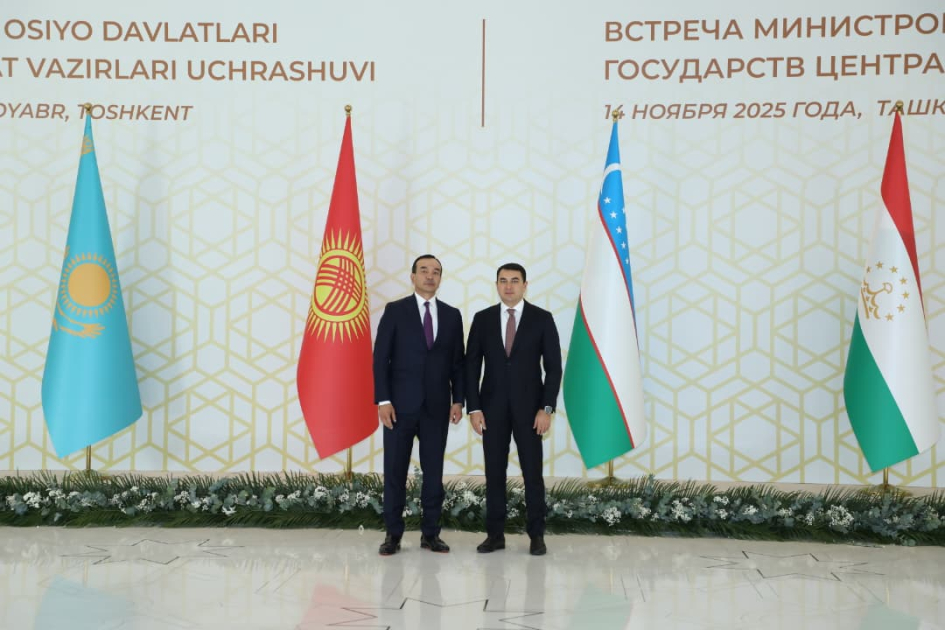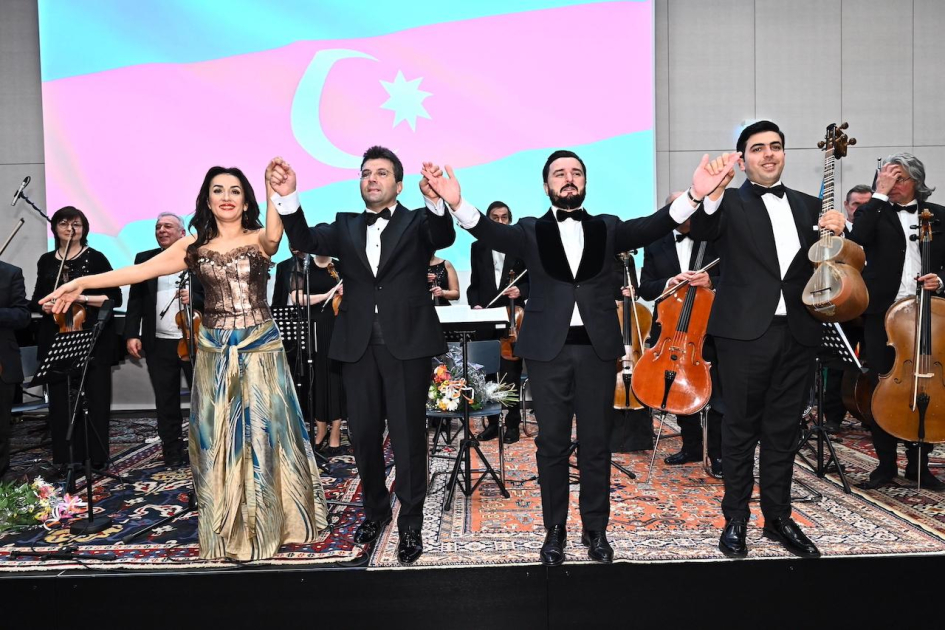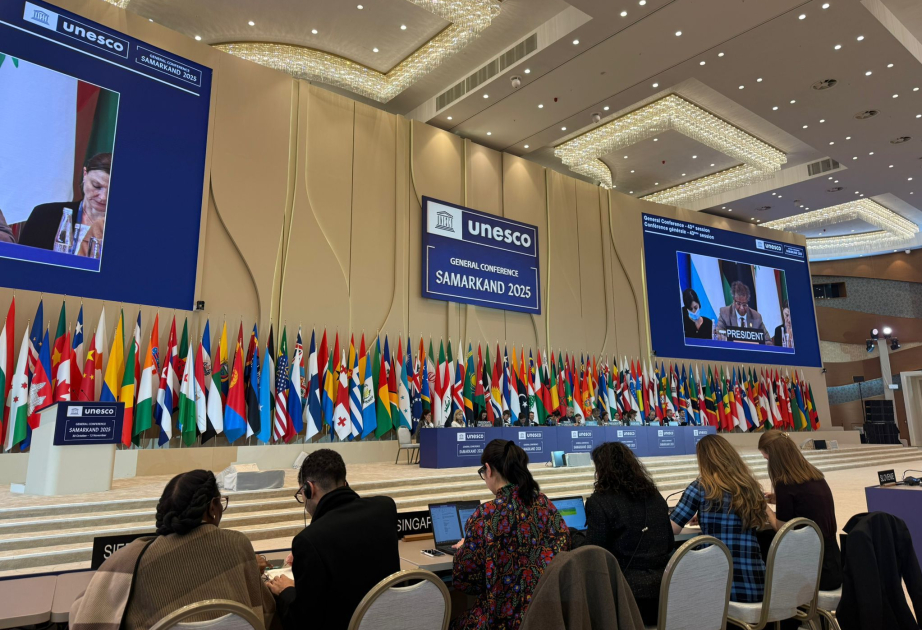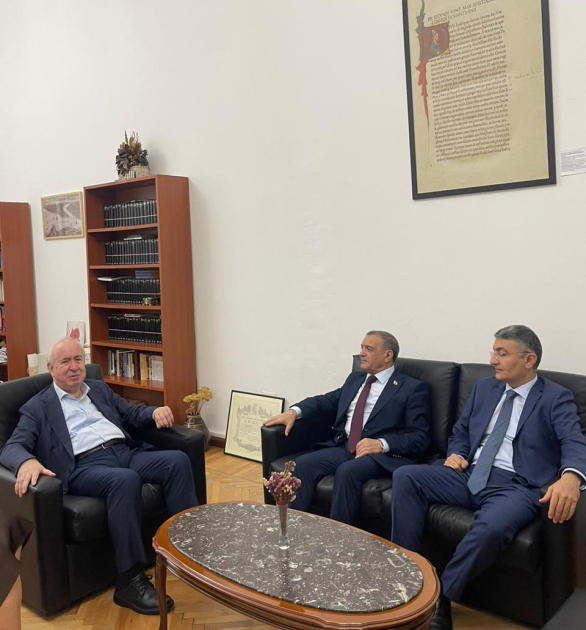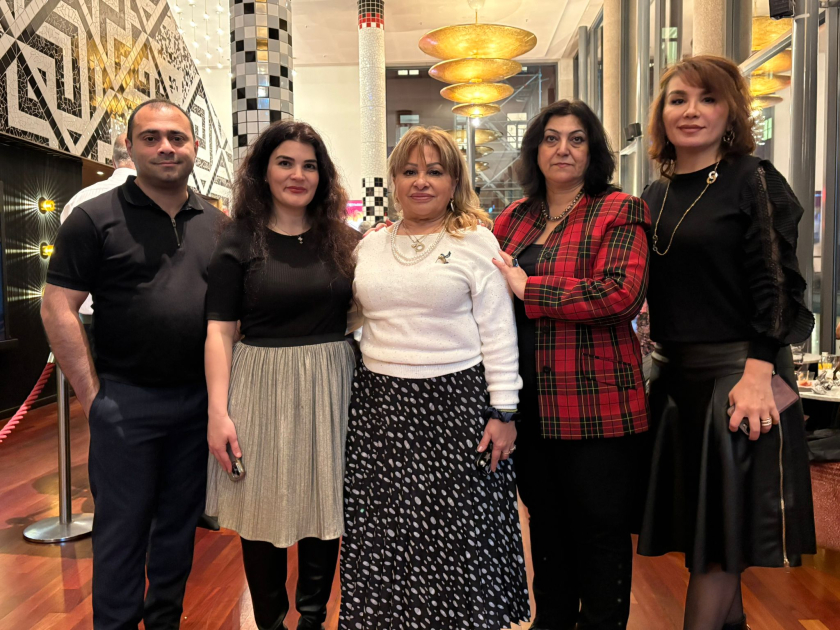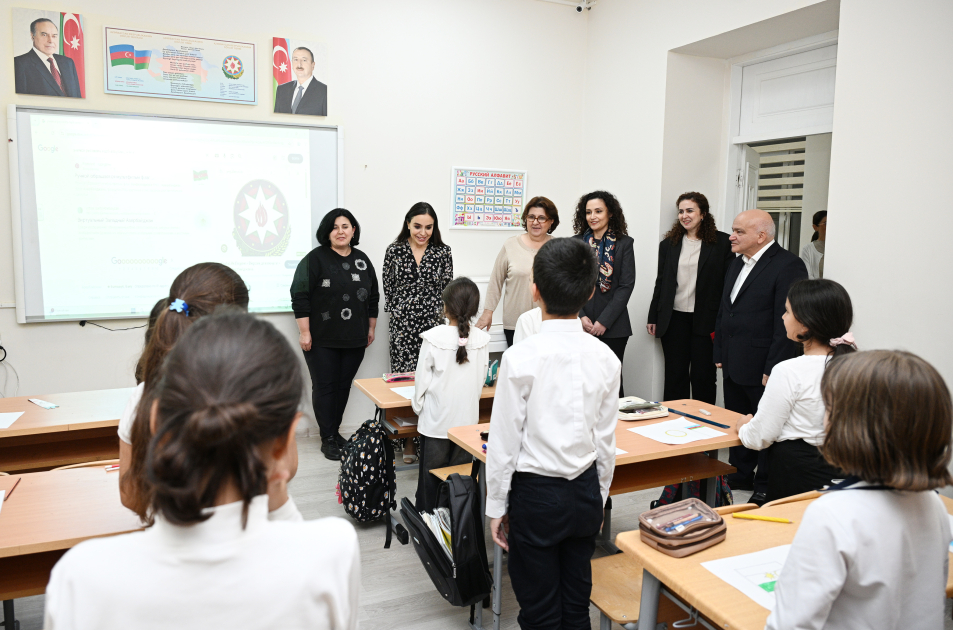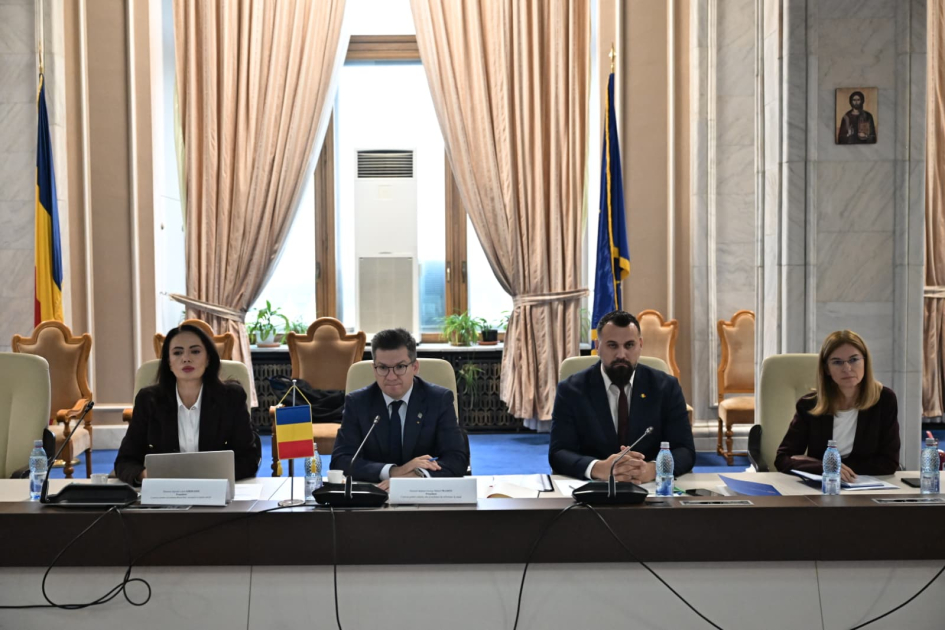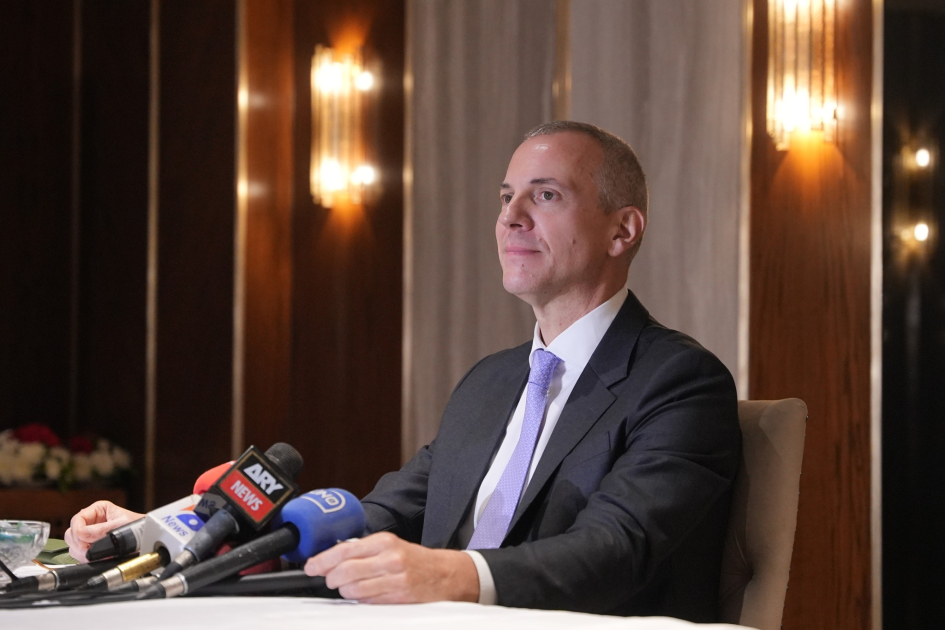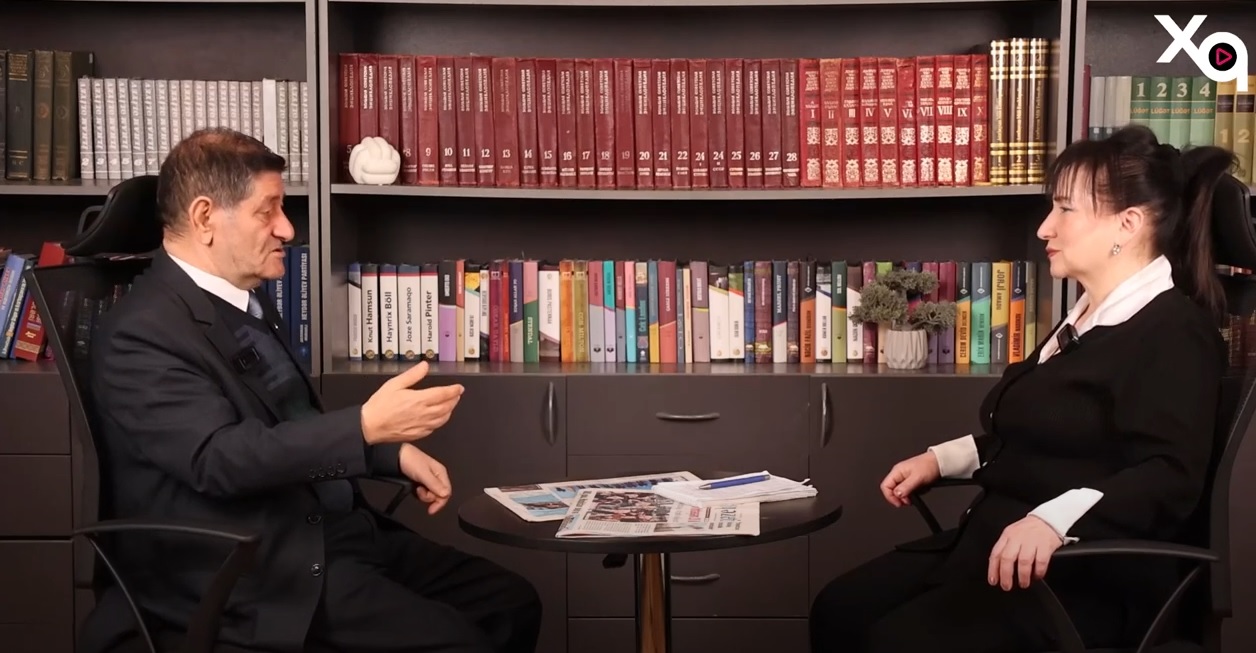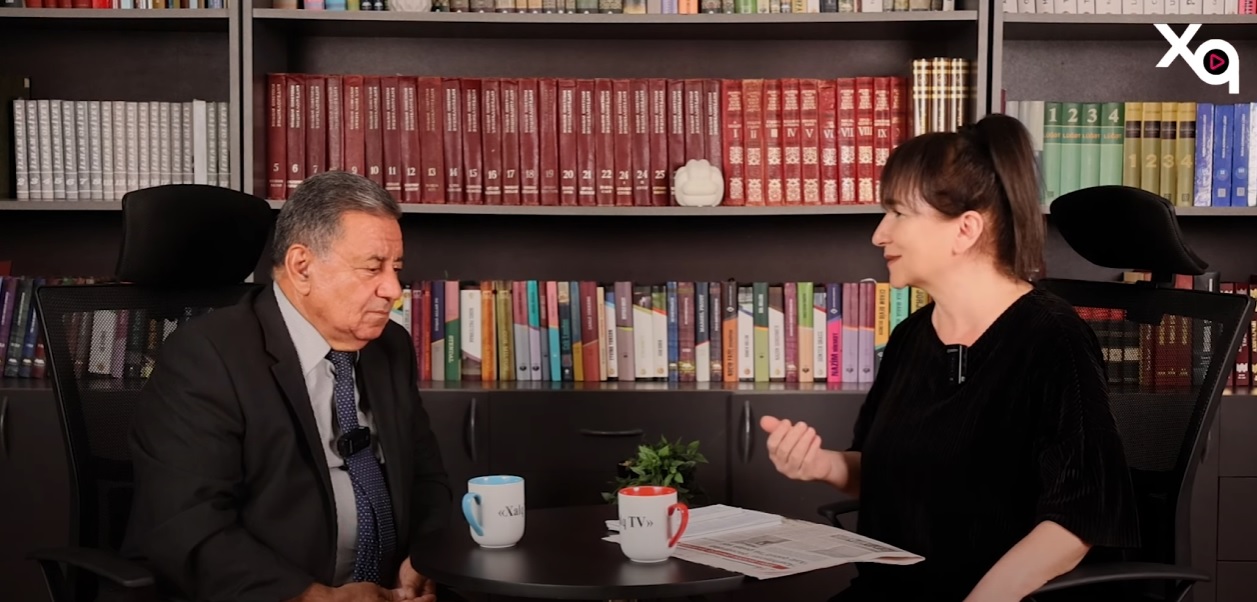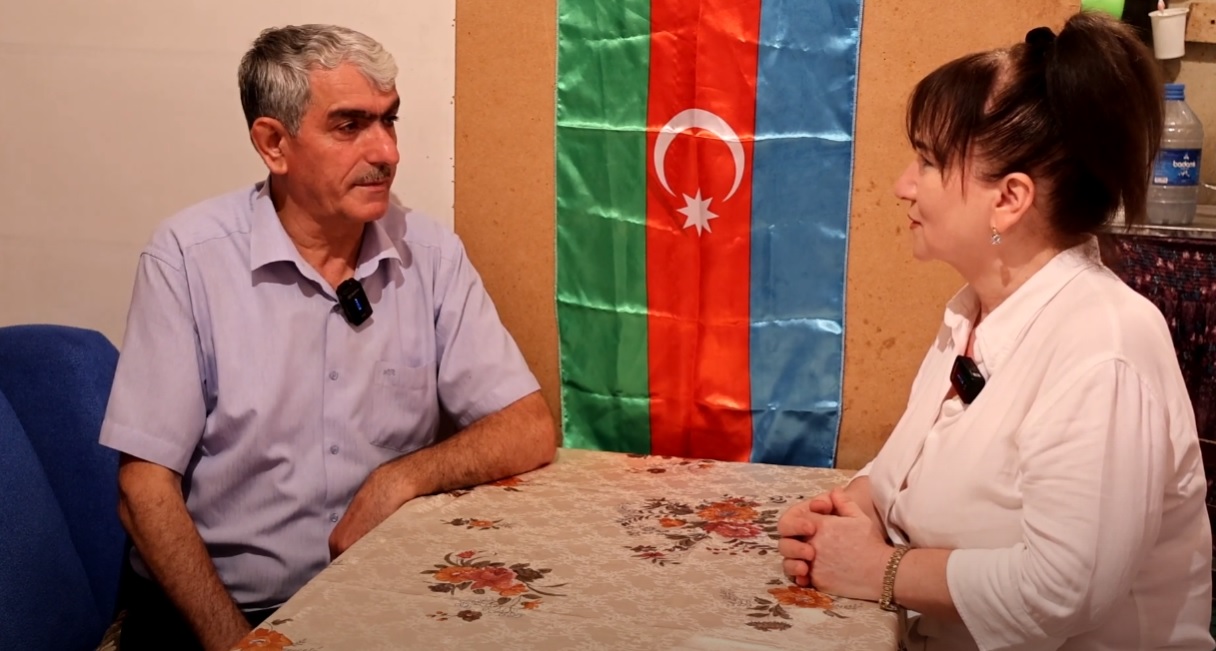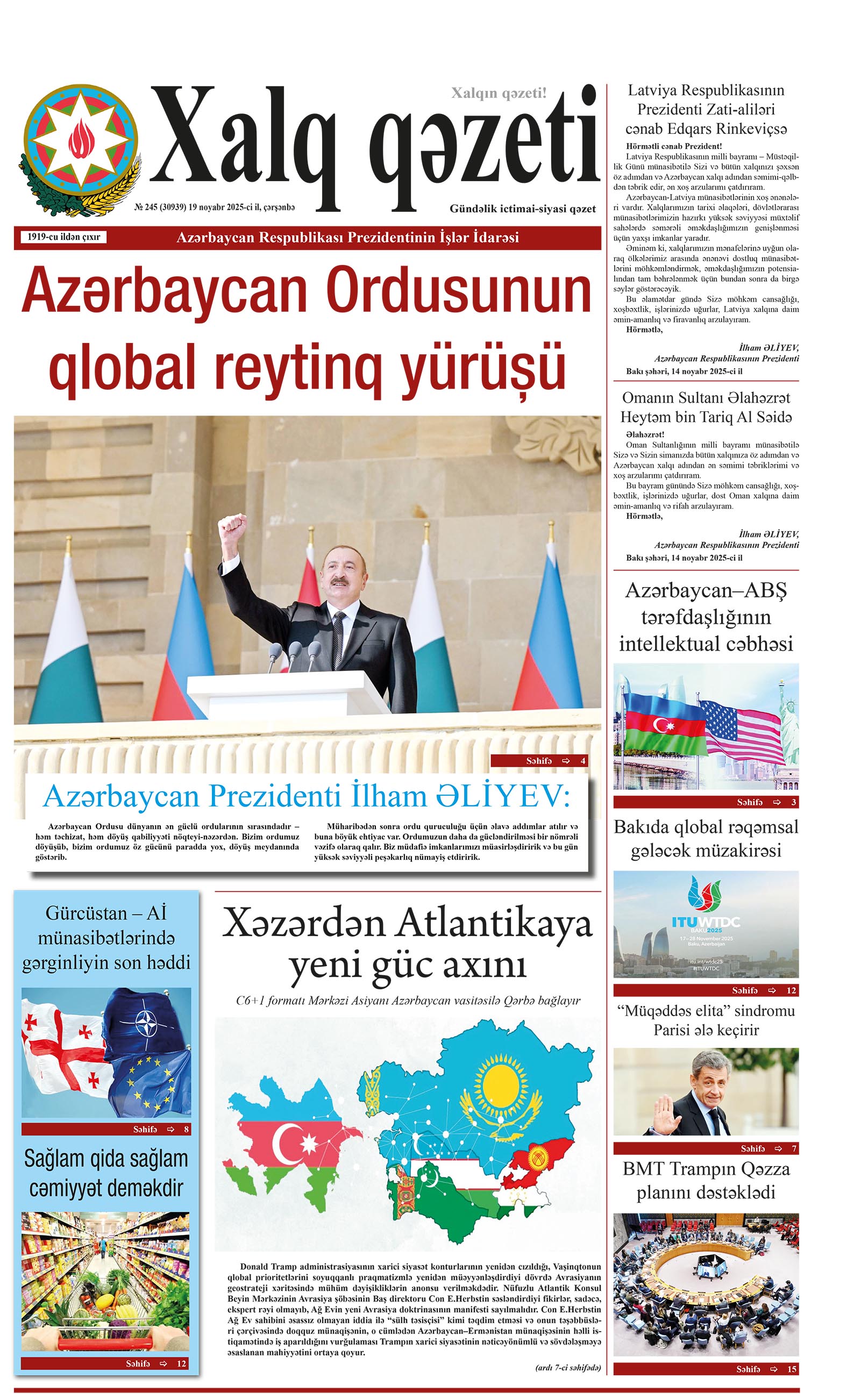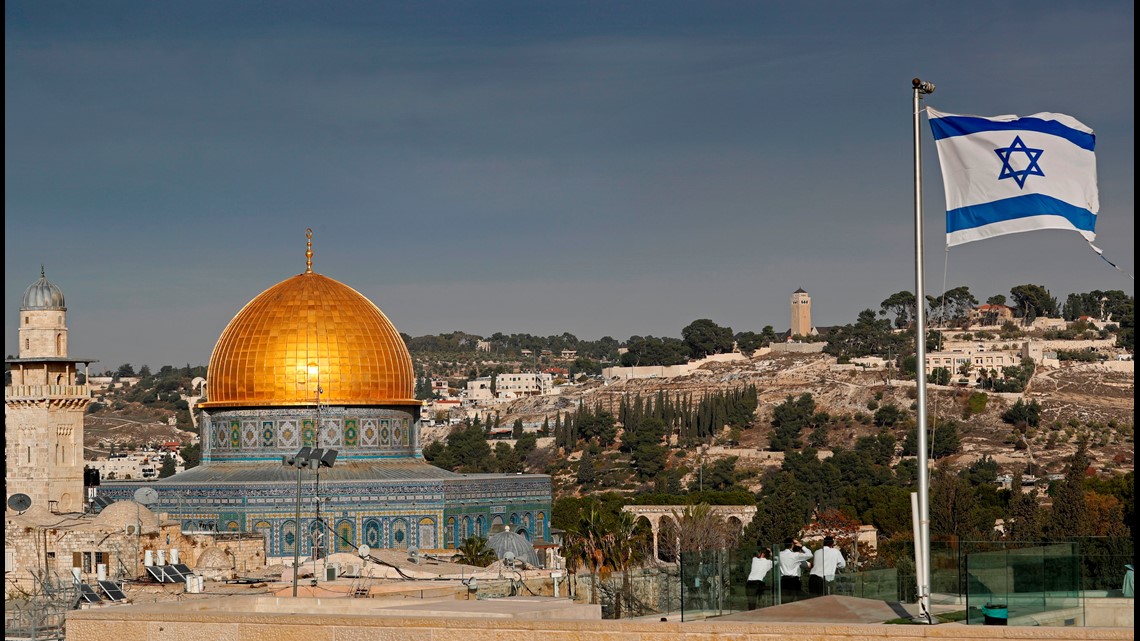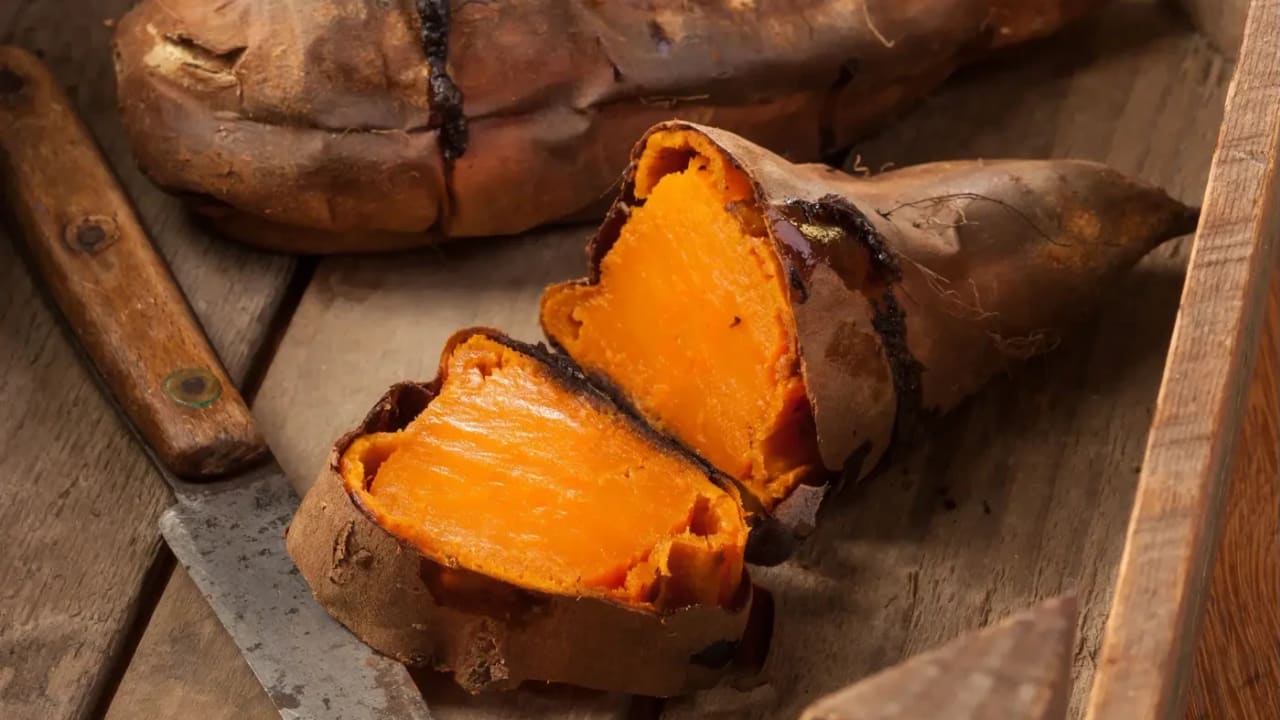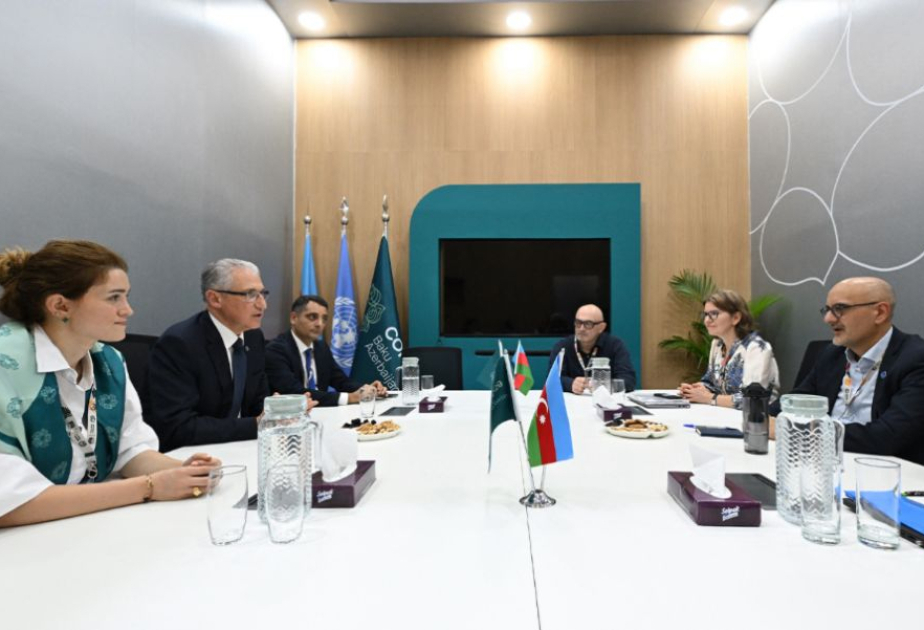Jerusalem Post
ByABIGAIL KLEIN LEICHMAN
It’s hard to imagine that Mintz’s life would have progressed as it did if she hadn’t made aliyah.
Flying from Azerbaijan via Moscow, Galina Mintz arrived in Israel in 1991 during the Gulf War. It was a shock to land in a new country at age 20 and be handed a gas mask.
However, Mintz had a successful aliyah. She double majored in computer science and statistics at Tel Aviv University, got a job as a programmer at Tadiran Communications, and after two years moved to ECI Telecom (acquired by Ribbon Communications in 2019), where she still works today.
She’s also an accomplished artist whose style combines painting and fused glass. In November, she will present an exhibition in Tel Aviv’s Frishman Gallery 46 on the theme of dreams.
“A dream or fantasy works differently for different people,” she says. “Some people prefer to just dream and remain indifferent to reality, to shut themselves away in their inner world. Others try to turn a dream into reality and create a new, more beautiful, and impressive world. I am the second type of person. I believe that progress begins with imagination.”
It’s hard to imagine that Mintz’s life would have progressed as it did if she hadn’t made aliyah.
Life in Baku
Although her hometown of Baku was a diverse, safe city of people she describes as hospitable and warm-hearted, academic opportunities for Jews were very limited. Despite her high grades, she had to abandon her hope of becoming a doctor, like her paternal grandmother, because Jews were not accepted into medical school. Instead, she enrolled in the Institute of Technology.
“There were two departments that I liked: electronics and computers. I tossed a coin, and as a result I went to study electronics. I also took computer courses that actually helped me choose my profession when I immigrated to Israel,” she recounts.
Her parents were born in Baku after World War II. Her maternal grandmother’s family had fled there from Nazi-occupied Ukraine. Her maternal grandfather, a native of Baku, had been sent to the battlefield at age 21 and was captured by the Nazis and sent to a labor camp. He escaped, joined the partisans, and fought alongside them until the end of the war.
“His parents received a notice that he was missing in action. They were in heaven when he returned – emaciated, sick with scurvy, but alive and breathing.” Mintz recalls that for the rest of his life, her grandfather suffered nightmares.
Her parents divorced when she was five years old, and her father became estranged from his only child. When the Iron Curtain began lifting in the mid-1980s, she and her mother and grandparents started the long paperwork process to make aliyah. The Nagorno-Karabakh War, which began in 1988, strengthened their resolve to leave even before Mintz completed her academic studies.
Integration in Israel
“We arrived in Israel in February 1991 without relatives or a rented apartment. We were immediately put up in a small hotel at the airport, and then given a cramped room at the Marina Hotel in Tel Aviv on the promenade. When there were sirens and bombs, we learned to wear gas masks,” Mintz recalls.
Until their luggage was delivered, they wore the heavy winter clothes and snow boots in which they’d arrived. “I was very hot; I remember that the skin on the soles of my feet was wrinkled in a way I had never seen before in my life.”
Mintz also recalls an amusing incident: “Before getting an ID card at the airport, we had to prove again that we were Jews, show all the documents, etc. One of the officials pointed at my small nose with a pencil and said, in Russian, that I had the right shape for a Jewish nose – jokingly, of course.”
At the end of the war with Iraq, everyone spilled out on the Tel Aviv beach promenade, dancing and singing. “It was so happy. I felt like I was part of this joy, part of a community and a people, even though I had just started to set foot on the Land of Israel.”
Still, it wasn’t easy being a new immigrant.
Immigrant struggles
“It was hard to suddenly feel Russian among the Jews. I was a mama’s girl when I arrived in Israel, and I had to immediately start dealing with adult life – learning a language, getting to the absorption office at 5 a.m. to get an appointment and receive a tuition scholarship, preparing for university exams, and working so that I wouldn’t be financially dependent on anyone. … My childhood was over, and I became fully responsible for my future,” she recounts.
Sometimes she faced prejudice. One day, while working at a supermarket after school, she accidentally pressed the wrong code for a fruit on the checkout counter. “The customer accused me of stealing ‘like all the Russians.’ I could barely hold back my tears; I have never taken something that wasn’t mine.”
But she persevered, acquiring a degree and many new friends. At university she met her future husband, Jan, who’d emigrated from Odessa in 1991.
The newlyweds settled in Rishon Lezion, where they raised their son and daughter, now 24 and 21, respectively. They moved to Ness Ziona three years ago.
Returning to art
Mintz’s artistic talent was already evident in childhood, but she began getting more serious about it as an adult. Before her son was born, she took a painting class with Lea Topper in Rishon Lezion. A few months after her son’s birth, she discovered works in fused glass.
“I told my husband that this was a gift I wanted – a fusing course. I began to learn and create, looking to create something original and not copy from the works of other artists,” she says.
“Then I felt a strong need to return to painting, to learn methods and techniques that I was missing.” She took courses locally and at Vanishing Point and the Avni Institute of Art and Design in Tel Aviv. Finally, Mintz studied for five years under the tutelage of artist-illustrator Wolf Bulba. Her works were part of a group exhibition at Rishon Lezion City Hall and a solo exhibition at the Rishon Lezion Cultural Center.
Still seeking her own style, Mintz started creating decorative works combining painting and fused glass. “Glass is whimsical and seeks to capture the viewer’s attention completely – to be center stage. My challenge was to make it play by my rules,” she explains.
Influenced by artistic geniuses such as Gustav Klimt, Alphonse Mucha, Salvador Dali, and Marc Chagall, Mintz’s surrealistic figurative style combines different materials and textures “to create a story from an idea,” she says.
“In my search for my artistic language, I was fascinated by the human body and the way it moves. In my works, I often turn to the female image, and through it I try to convey a part of myself.”
Galina Mintz, 54, From Baku, Azerbaijan, to Tel Aviv, 1991; to Ness Ziona, 2022


.jpg)
